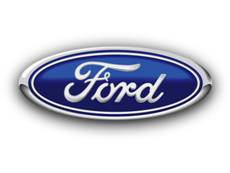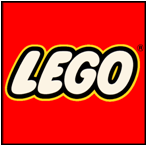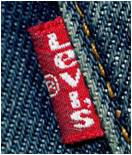By Doug Stephens
One of the first lessons I was taught in marketing was that when times were tough and sales were hard to come by, smart companies focussed on their core business. They didn’t chase unproven concepts and ideas or explore unfamiliar ground. Rather, they drilled even further into their primary occupation. They “stuck to what they did best”.
I know now that nothing could be more untrue and that this pseudo-strategy has probably killed more companies than it’s salvaged. And yet, we regularly hear CEO’s declare that they’re re-trenching around their core business in an effort to succeed.
When your core business IS the problem
The problem with simply focusing on your core product in tough times is that your core product might actually be what is making times tough in the first place. Focusing more intently on it may only speed your demise! Any creative or innovative thinking that could actually save the company is often stifled once the stick to what you do best mentality becomes pervasive. Revolutionary ideas rarely see the light of day.
For the Apple’s and Google’s of the world, radical innovation is a daily breakfast item but the companies I truly admire are the ones for whom innovation is a painful leap of faith. One can’t help but respect companies who have the courage to look outside their comfort zone for answers to seemingly insurmountable problems.
Below are what I consider to be three great examples of companies that chose NOT to stick to what they already know when times got tough but instead stretched to find new points of connection with their customers and in doing so, charted new territory for their brands.
Core Business WAS: Manufacturing a brand of automobile with little relevance, equity or appeal with young consumers.
What they DID: Instead of focussing on the automobile itself, Ford invested in Sync, a Microsoft designed system that seamlessly integrates phone, text messaging, web browsing and music through the car’s voice activated communication system. Since its introduction in 2007, Ford has sold more than 2 million Sync enabled vehicles and claims that Sync-enabled models outsell non-Synch models twofold.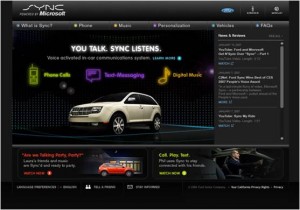
But the point here is really less about the technology and more about the message that Ford was sending to younger consumers. In this decisive departure from its core product, Ford clearly told younger consumers that it “got them”. The brand understood their need to integrate their personal technology into their driving experience and built a system that allowed them to do just that.
Core Business WAS: Manufacturing a low tech, old-fashioned toy in a market being increasingly dominated by video games.
What they DID: Rather than waste effort trying to convince kids that plastic building blocks were cooler than video games, Lego reached beyond the safety of its core product, embracing the very technology that threatened its existence and making it part of the Lego experience.
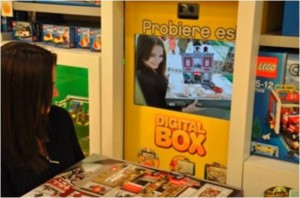
The website offers video and online games, allowing kids to discover various Lego product sets in a fun and interactive way.Themed Lego kits correspond to popular movies, bridging the gap between passive entertainment and creative play. They’ve also done a brilliant job of incorporating in-store technologies such as augmented reality to make the Lego buying experience truly exciting.
Core Business WAS: Making a brand of clothing that was being commoditized in the market and increasingly overlooked by younger consumers in favor of more fashion oriented, up-market brands.
What they DID: Instead of focussing consumers on stitch-counts and pant styles,
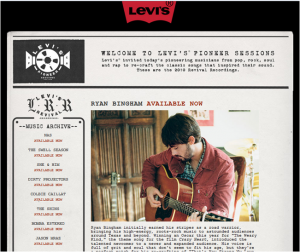
Levis turned their attention to something well outside their core strength… music. In 2010 they launched the Levis Pioneer recording sessions, a collection of 12 recordings by contemporary artists re-working classic songs that they’ve been inspired by. The tracks and subsequent videos served as an allegorical bridge between the old and the new, a marrying of the classic and the contemporary.
Furthermore, it broke through the din of unremarkable messaging in the apparel market, sending a clear message to younger audiences that classic can indeed be cool.
Sticking to what you do best isn’t a strategy
These are only a few examples of brands that’ve had the courage to explore beyond their core. There are others. And in fairness, there are also a few notable examples of companies who did intensify their focus on their core offering to better serve their consumers – Starbucks being one of them.
But don’t let anyone convince you that simply sticking to what you do best constitutes a long-term strategy. It’s more often the battle-plan of frightened business leaders who’ve simply run out of ideas. They fail to realize that the core business of all great brands – regardless of what they sell – is innovation.
Innovation is what great businesses do best.


